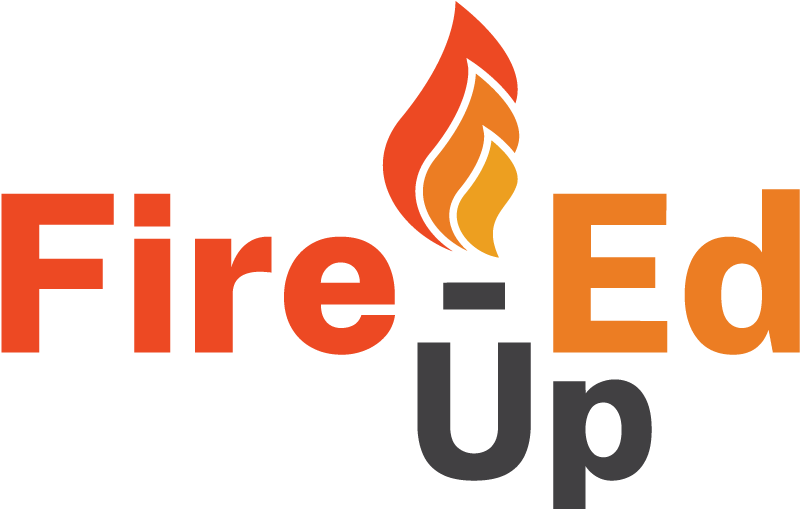 Improve your solution
Improve your solution
Fire-Ed Up Challenge
Mission 8 | Iterate
Improve your solution
Refine design solutions, revise, and continually improve.

Introduction
What is ‘Iterate’
This stage of the iSTEM engineering design process requires students to continuously improve their design. Which changes will produce a better result? Can you improve the design’s functionality? Are the more ideas that can be incorporated into the design?
Use the lesson below to commence solving one of the following scenarios;
Mission Brief
Key Questions for Students to consider
- Do we need to revisit earlier phases of the process?
- Has the identified problem or need changed?
- Has the solution produced other opportunities?
- How can the solution be further improved?
- If you decide to make revisions, what will it look like?
- Are there plans and enough resources to make revisions
Possible Activities
- Assess previous iterations of the design solution.
- Repeat, design, prototype and evaluate, until the ‘best possible solution’ is achieved.
- Refine design ideas based on results of experimentation, testing and evaluation.
- Produce a minimal viable product (MVP) after numerous iterations of the design solution.
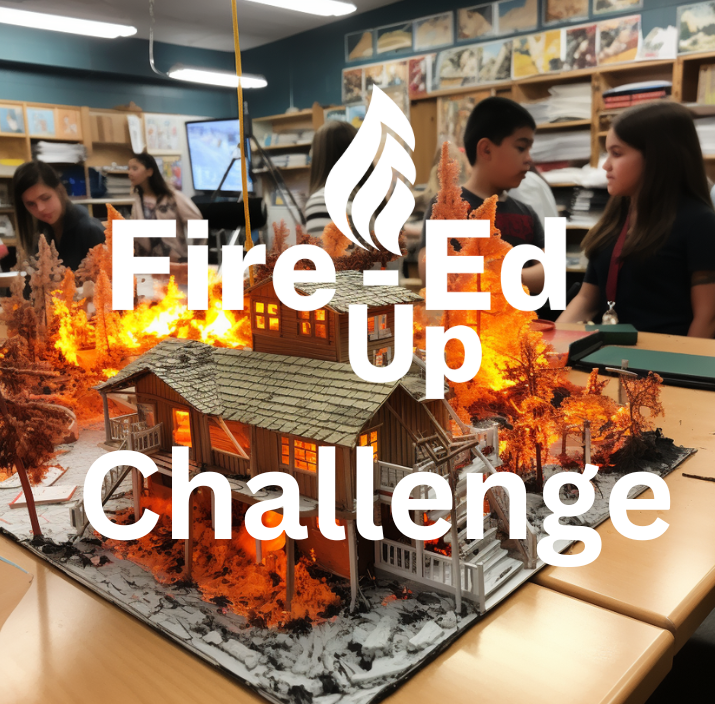
Suggested Learning Sequence – Mission 8
Our expert curriculum designers have developed a suggested Mission 8 learning sequence for teachers. The following is for the full set of Fire-Ed Up Challenge resources, however, teachers are encouraged to only use activities that are most suitable for their own class and school setting.
Sub Mission 1: Setting the Scene Watch the Core Electronics video that shows an example design process that uses the iSTEM process.
Sub Mission 2: Iterate Provide students with this worksheet and get them to sketch and annotate four different improvements or iterations of their previous design solution.
Sub Mission 3: Iterate Drawing Provide students with this worksheet and ask them to draw a new iteration of their design solution combining some of their ideas from the previous exercise. Get students to annotate their drawings to provide descriptions of the improvements.
Sub Mission 4: More Drawings Provide students with these worksheets and ask them to produce a series of drawings of their newly iterated design. Get students to produce a top and side view orthographic drawing, a pictorial drawing and an isometric drawing using the iso grid. Students should annotate their drawings.
Sub Mission 5: Final Design Provide students with this worksheet. Ask students to complete the final annotated drawing of their design solution.
Sub Mission 6: Scenarios Get students to watch the selected videos from their selected scenario to provide additional context for their project.
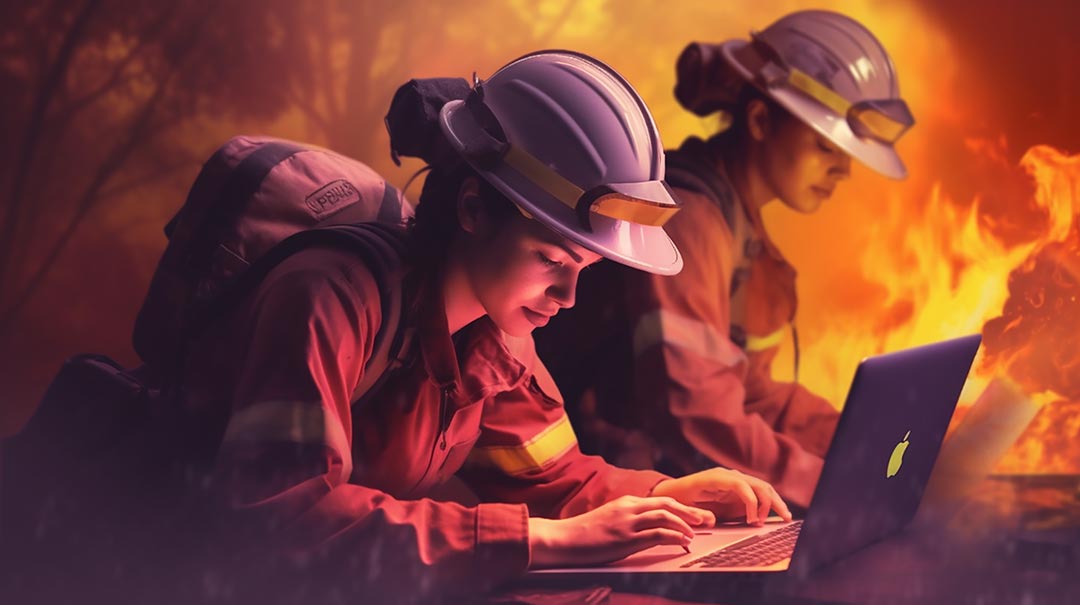


Downloadable Resources
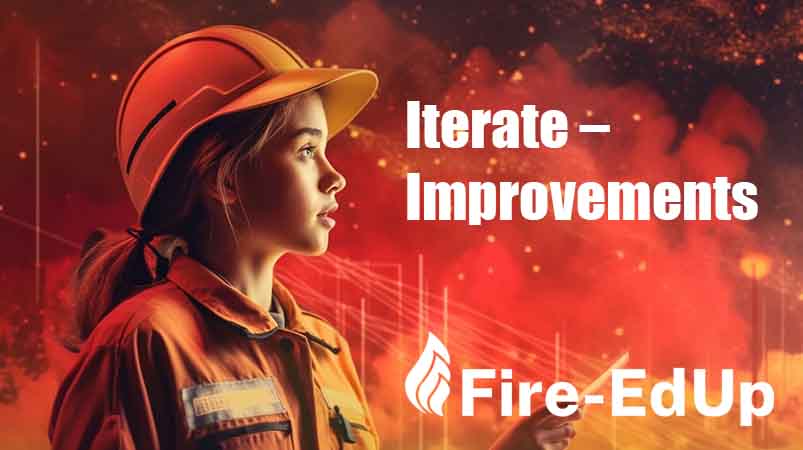
Iterate – Improvements
In this worksheet, students sketch and explain four possible improvements to their original design. Students to annotate sketches to describe improvements.
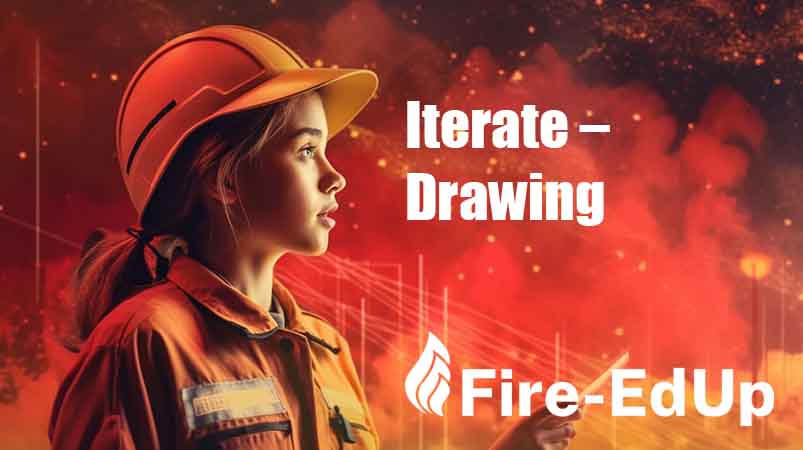
Iterate – Drawing
In this worksheet, students sketch a second iteration of their design solution. Students should integrate some of the design ideas from the previous sheet.

Iterate – Ortho, Pictorial, Iso Drawing
In these worksheets, students are to produce a range of drawings including Orthographic, Pictorial and Isometric projections of the new design iteration.

Iterate – Final Drawing
In this worksheet, students are to communicate their final iterated design concept. Use the sheet to show the details of the design with annotations.
All Scenarios – Resources
General background information for teachers and students to support challenge activities.
Fire tornado: how bushfires create their own weather
Australian researchers now have proof that a devastating fire tornado carved a path of destruction during the Canberran bushfires in 2003. (11:08 minutes)
What are pyrocumulonimbus clouds?
Bushfires can create their own weather, generating ‘pyrocumulonimbus’ clouds and storms. (0:46 minutes)
Scenario 1: New technologies driving bushfire innovations
How technology is reshaping the future of wildfires
Firefighters use many tools to fight wildfires such as drones, robots, satellites and radars, dragon eggs, fire retardants, fire-fighting foams, superabsorbent polymer gels and more. (7:08 Minutes)
Could artificial intelligence reduce wildfire impact?
What if the satellites orbiting above Australia could detect very small fires before they became problematic? This is the challenge facing UniSA PhD student Liang Zhao. (2:49 Minutes)
Scenario 2: Strategies to protect human life & property.
Cultural burns in bushfire-prone areas
Fire and Rescue NSW (FRNSW) along with the Bega Local Aboriginal Land Council (LALC) are using traditional cultural practices to carry out low-intensity cool burns that help reduce bushfire risk on the Far South Coast (6:07 Minutes)
Ember Attack
During a bushfire, embers will reach your home long before the flames do. Ember attacks are the most common way that houses catch fire. Learn what embers are plus how they are able to travel long distances and start new fires. (2:54 Minutes)
Scenario 3: Safeguarding our precious fauna & flora.
Fire planning for animals
Mark Billing is a dairy farmer from Larpent, who has a thorough plan for fire risk days. (1:23 Minutes)
Protecting the prehistoric Wollemi Pine from fire
Meet the people working to protect one of Australia’s most unique plant species, the Wollemi Pine. (5:45 Minutes)
Fire-Ed Up
Next Mission | Communicate
Share your solution
Communicate and share design solutions to key stakeholders.
